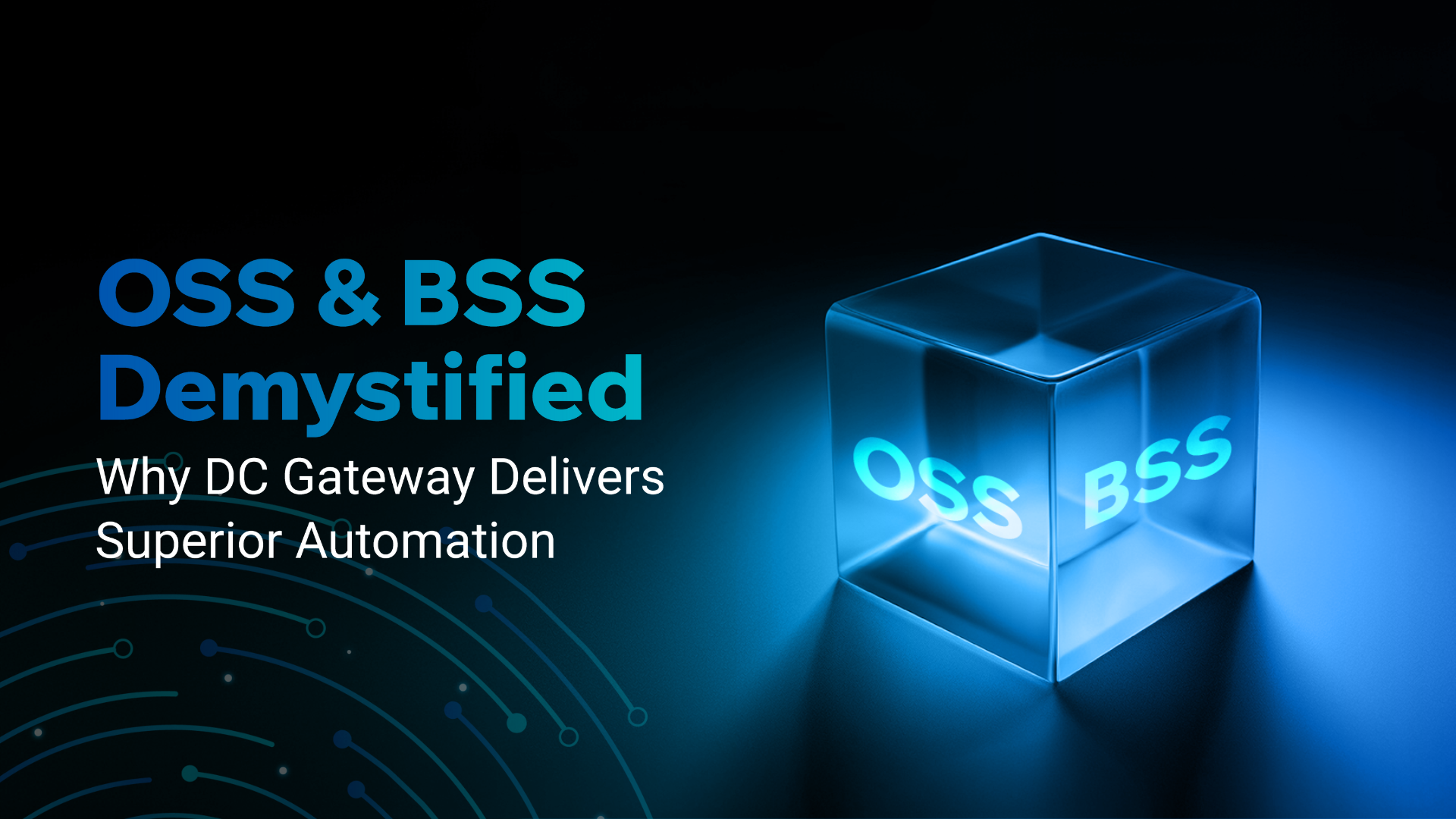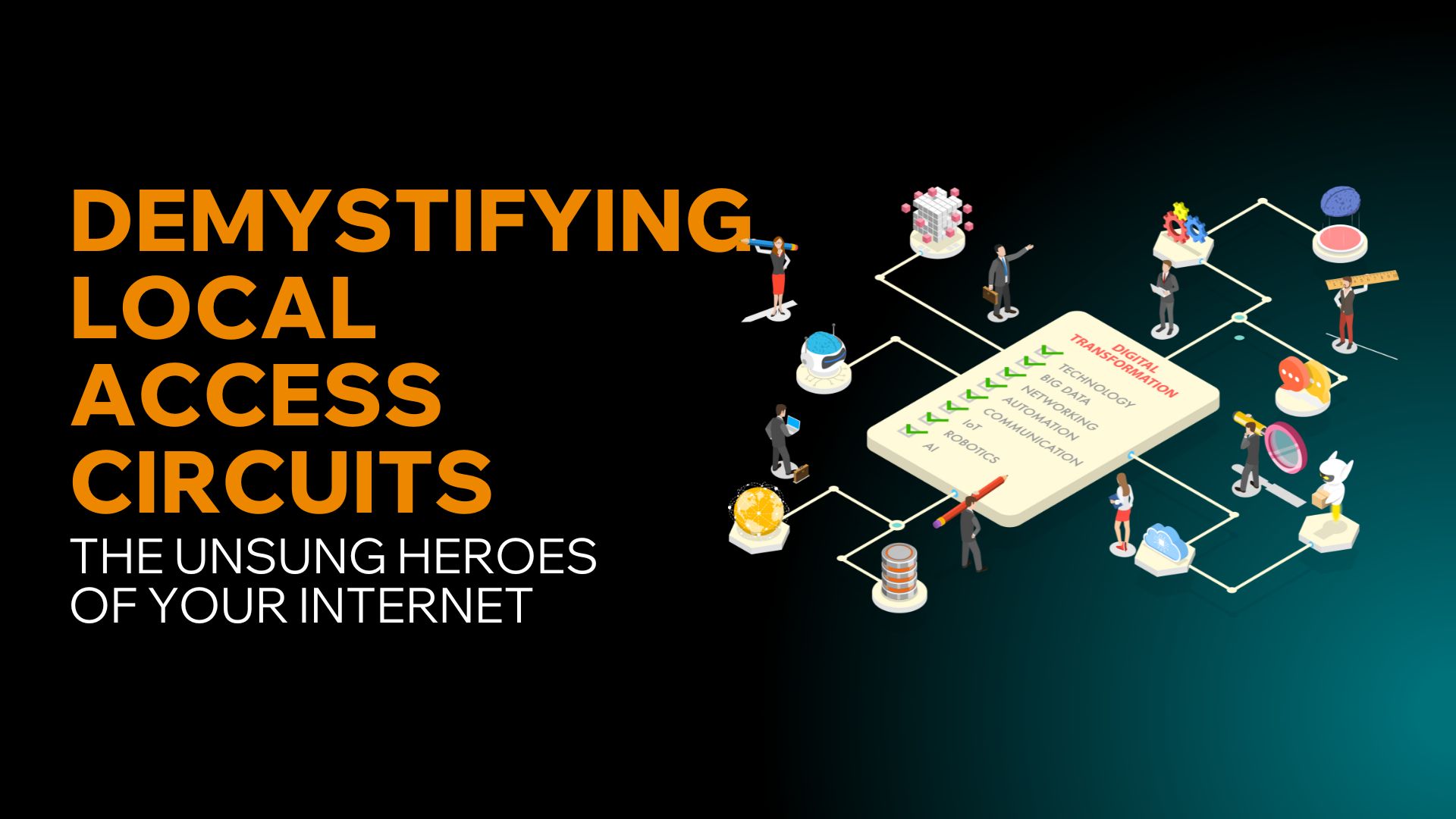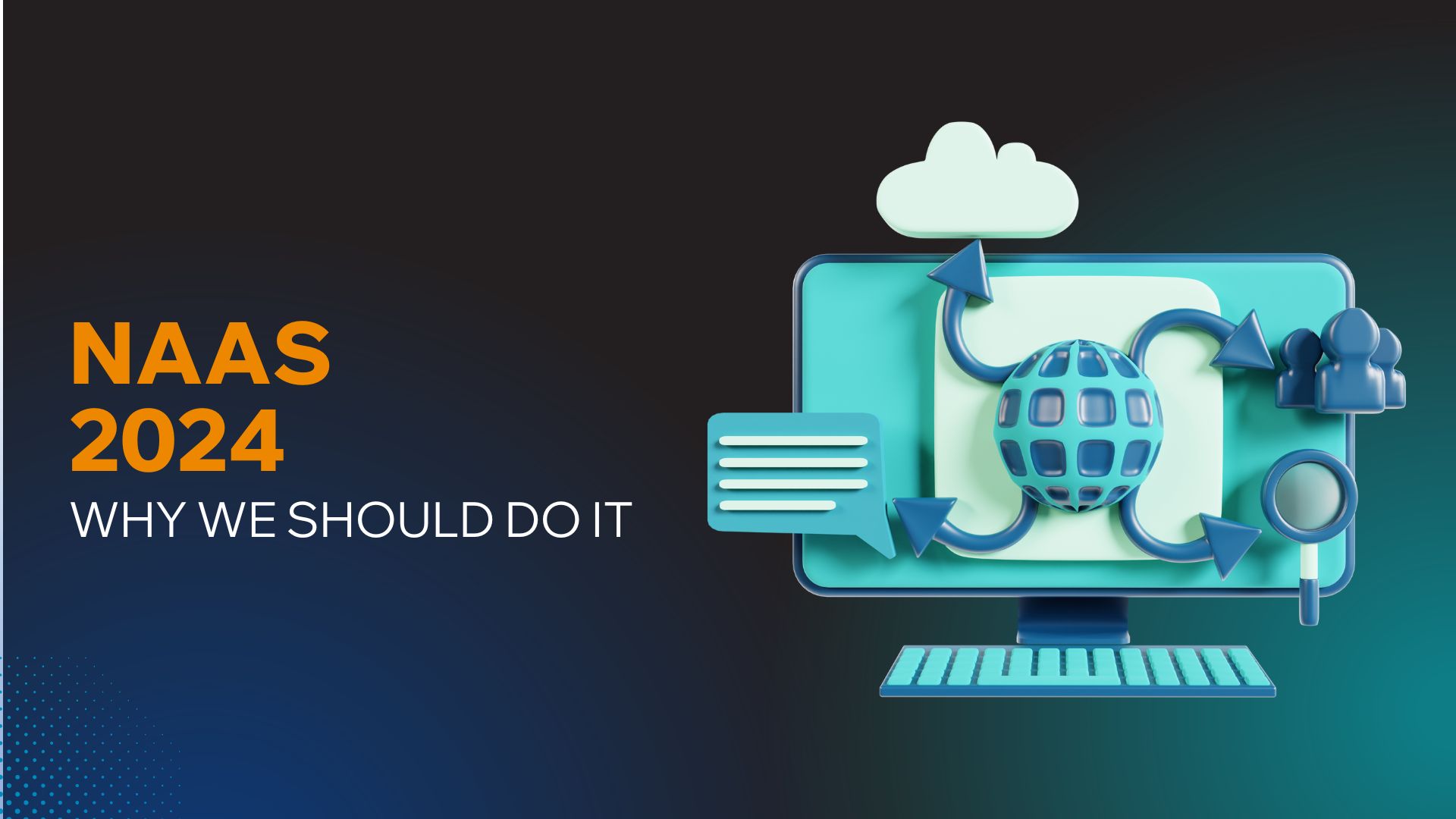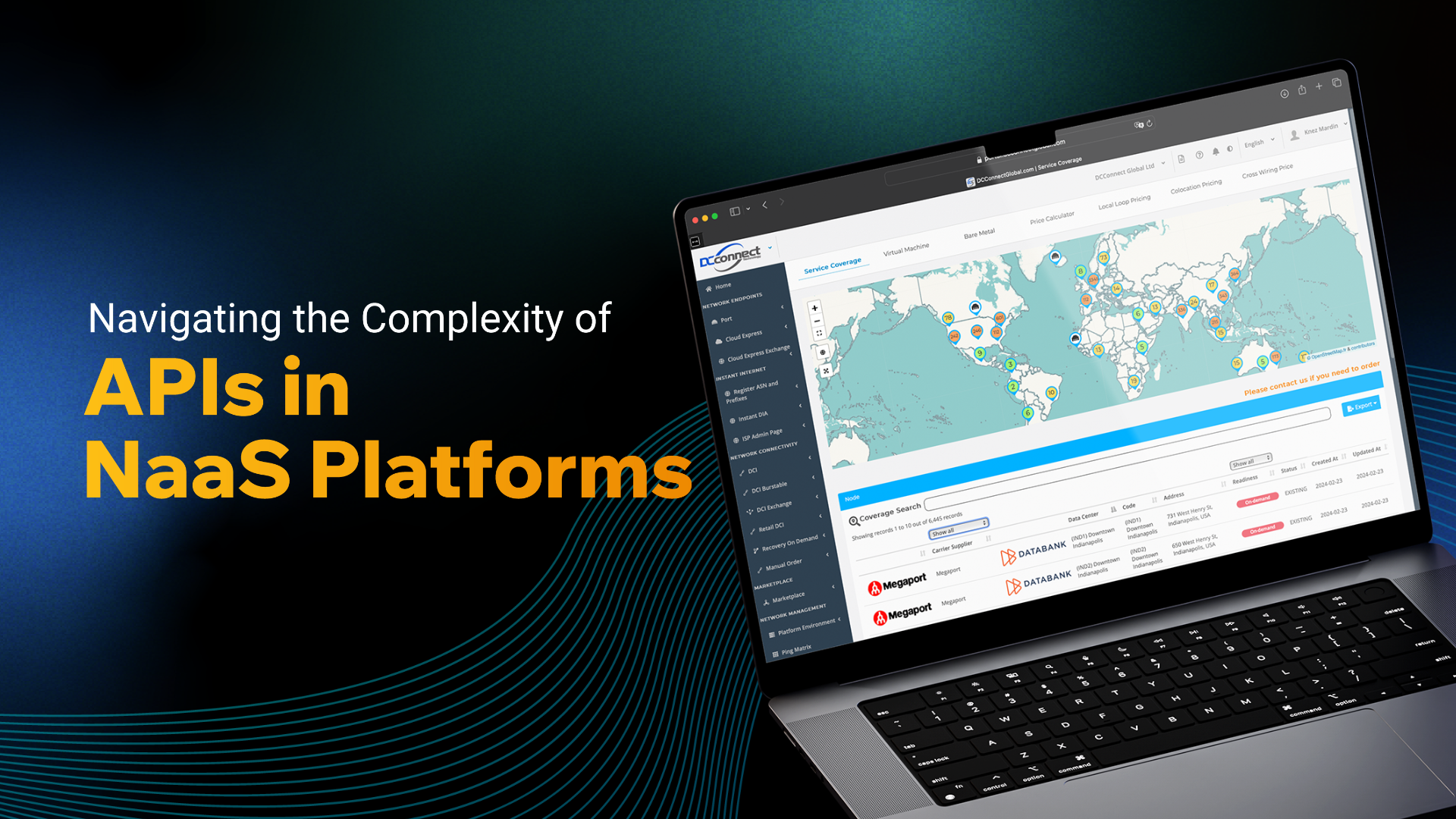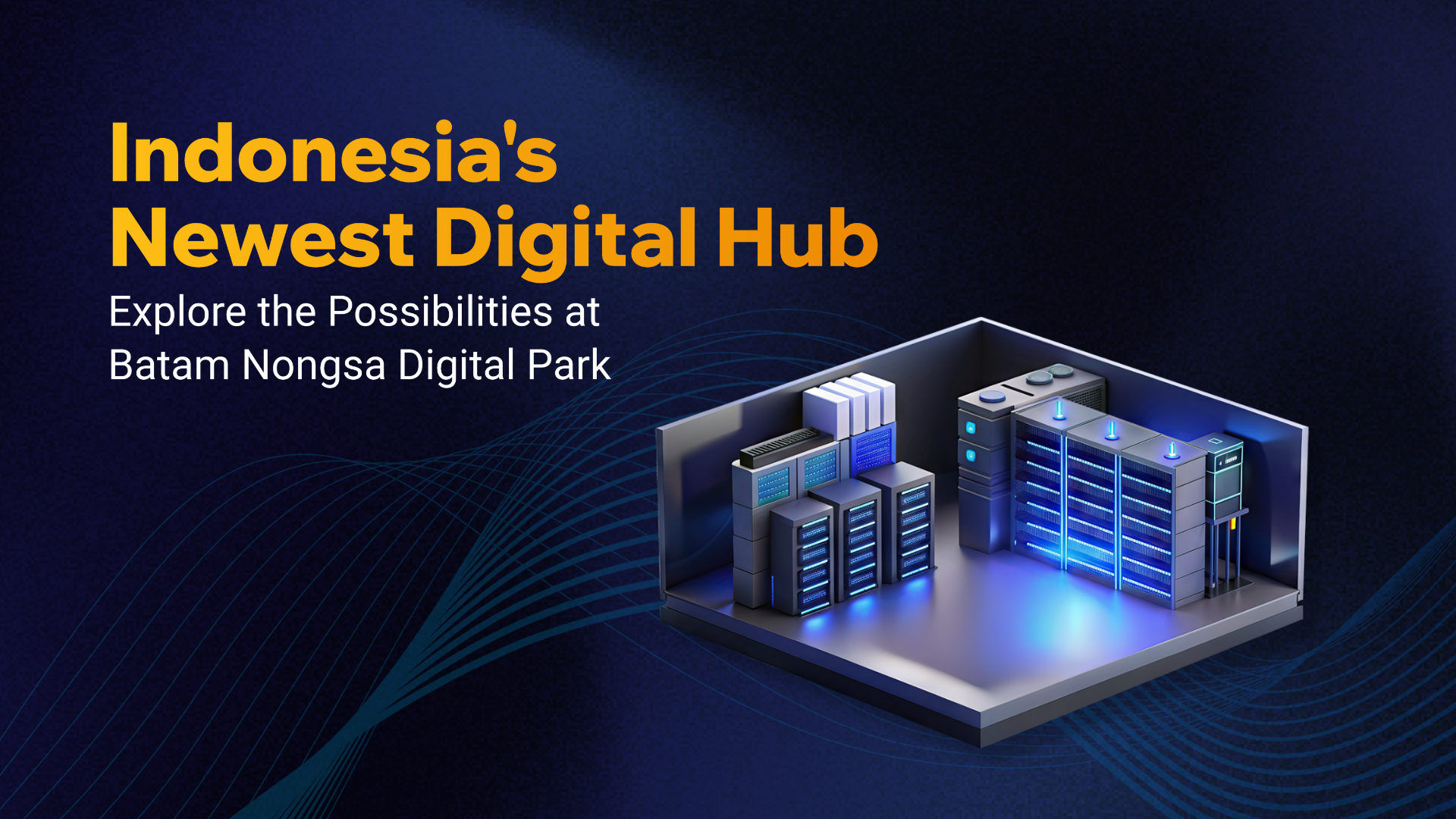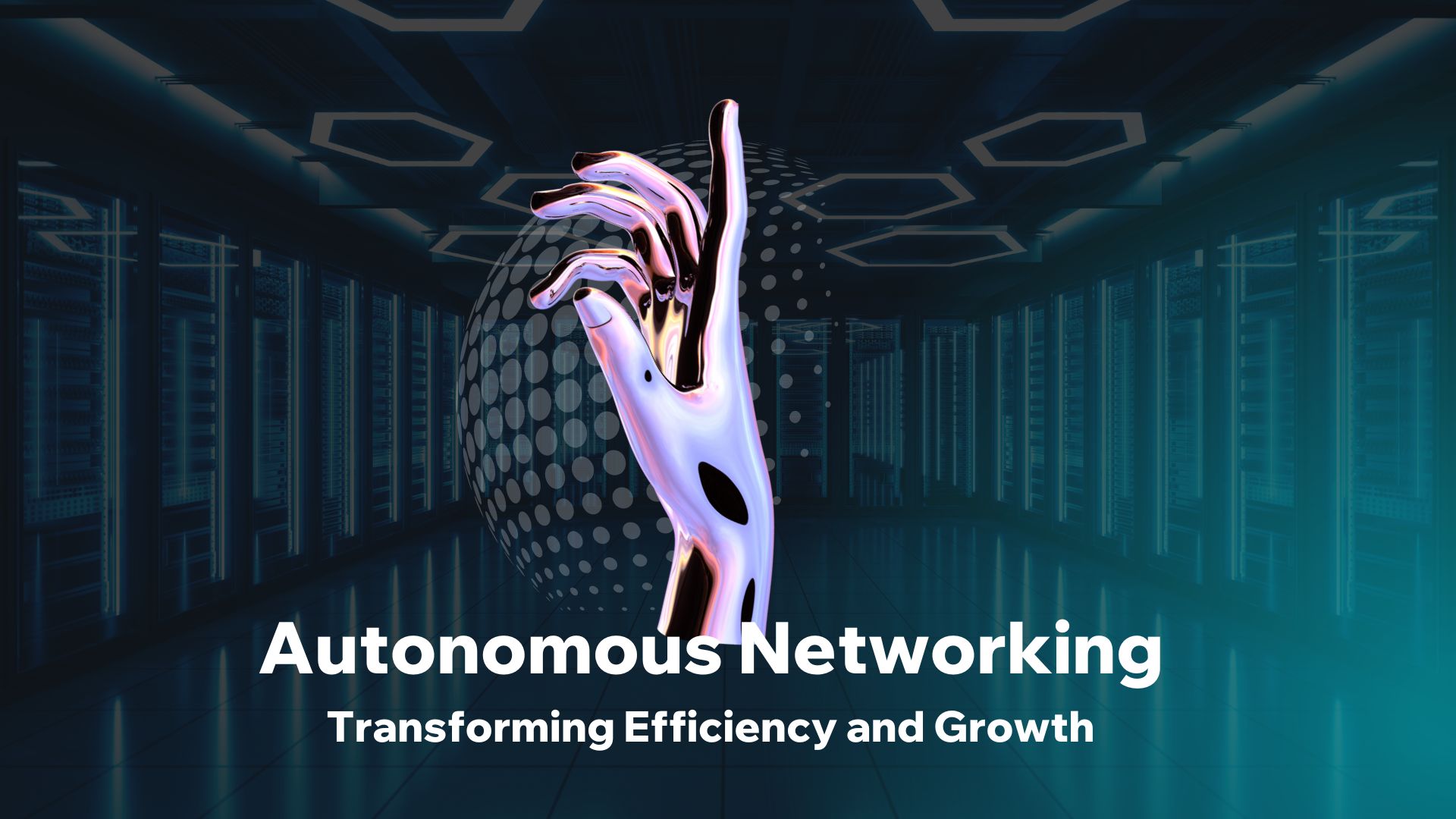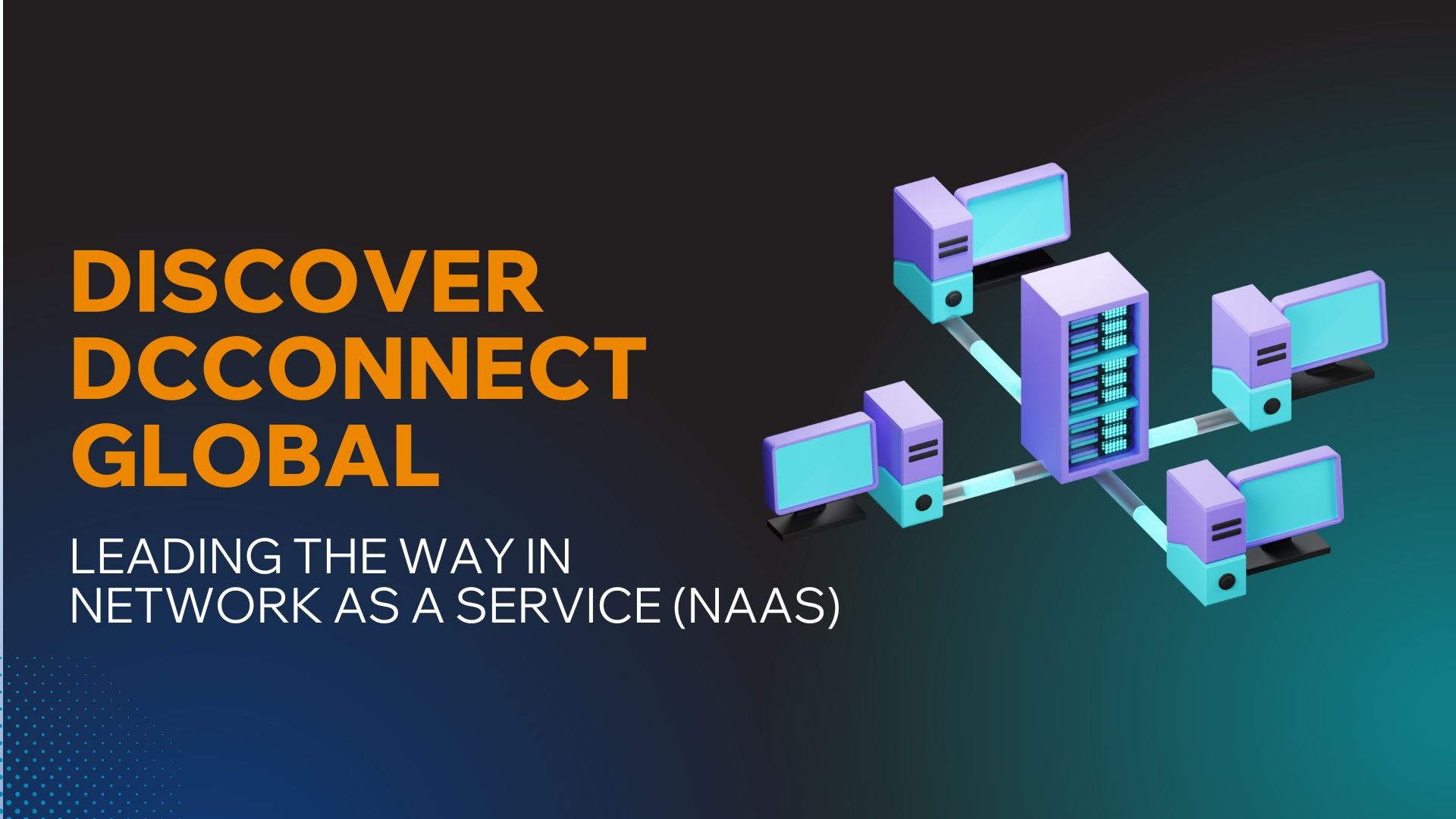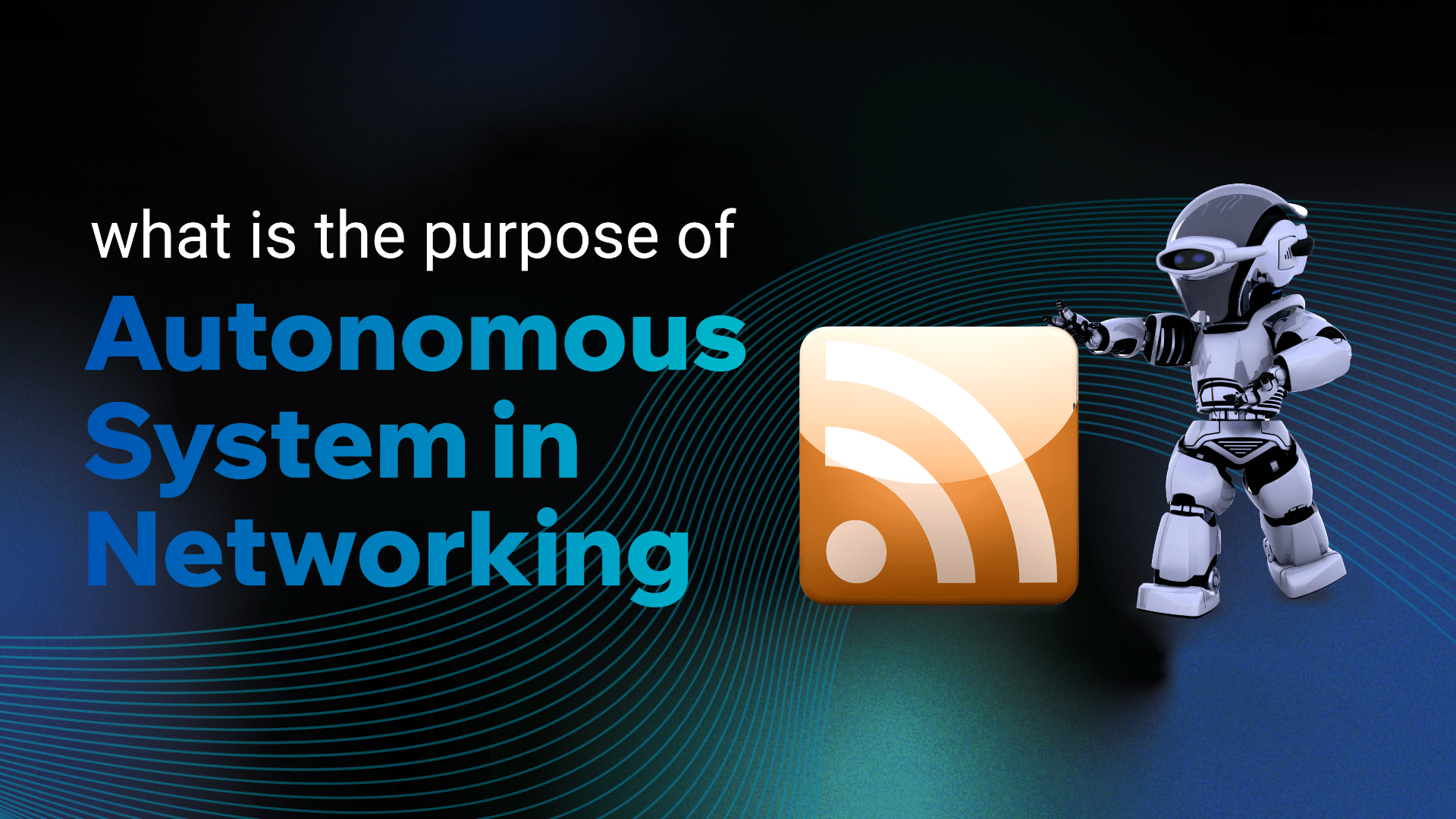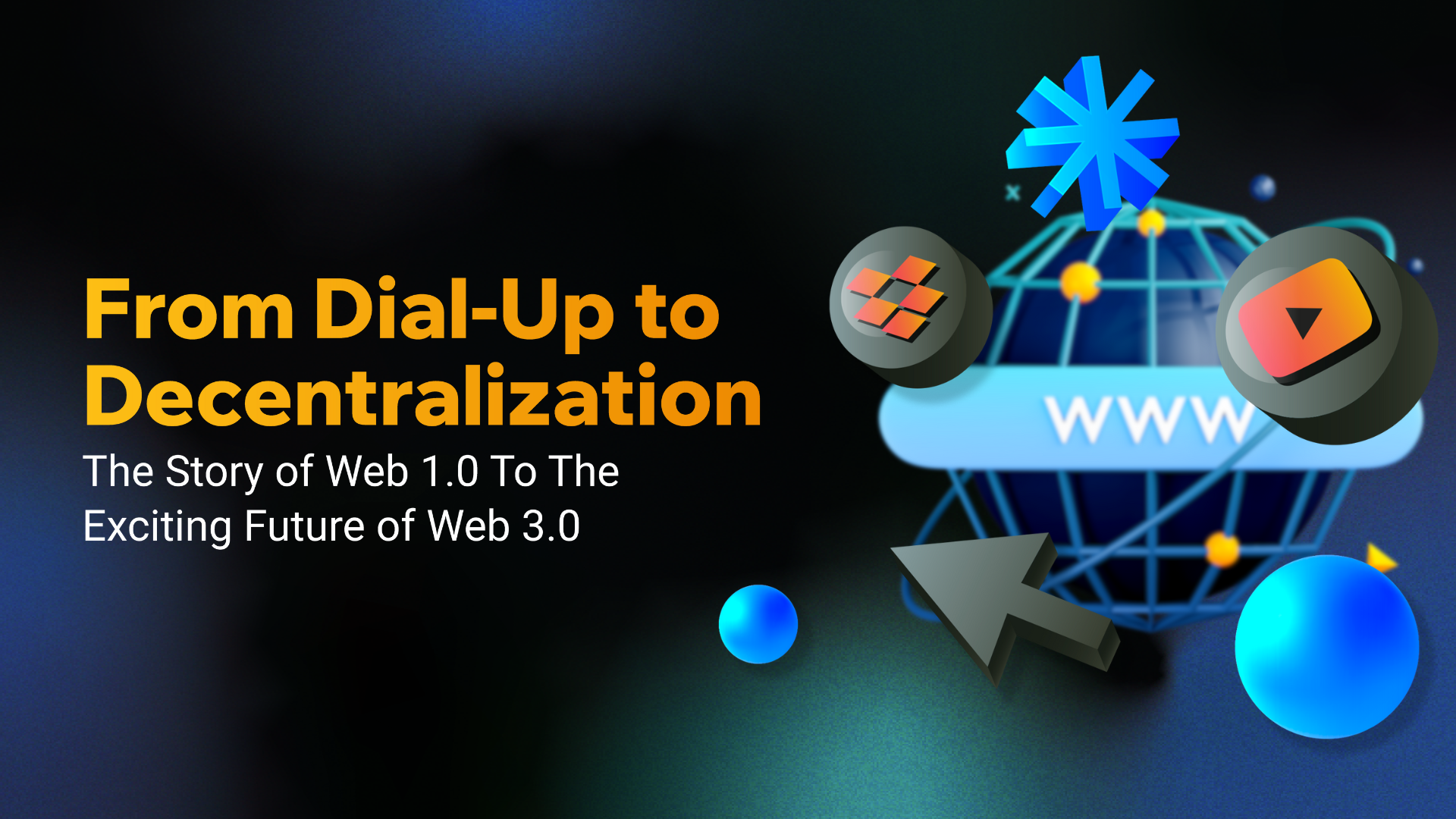
From Dial-Up to Decentralization: The Story of Web 1.0 To The Exciting Future of Web 3.0
Introduction Remember the days of dial-up internet, when a screeching modem connected you to the World Wide Web? The internet has become an inseparable part of our daily lives. From communication and work to entertainment, almost every activity we do now relies on the internet. However, did you know that the internet we use today has evolved from Web 1.0 and will continue to evolve towards Web 3.0? Let’s explore the differences between each version of the web. Web 1.0: The Read-Only Web The original internet was all about consumption. Websites were digital brochures, offering information but little engagement. Imagine online encyclopedias, but without the ability to interact or ask questions. It was a world of limited interaction, where users were mere observers. Key characteristics of Web 1.0 include: ● Static content: Websites were primarily read-only, with limited or no interactive features. ● Centralized content creation: Content was created and managed by a few individuals or organizations. ● Limited user interaction: Users could mainly consume information and navigate through hyperlinks. ● HTML-based: Websites were built using simple HTML, offering a linear and static presentation. ● Lack of user-generated content: There was no platform for users to create or share content. ● Information dissemination focus: The primary goal was to distribute information rather than facilitate interaction. Web 2.0: The Social Revolution The mid-2000s marked the rise of Web 2.0, characterized by user-generated content, social networking, and real-time interaction. Platforms like Facebook, YouTube, and Twitter transformed how we communicate and consume information. This era marked a shift from a one-way street to a bustling marketplace of ideas. Key characteristics of Web 2.0 include: ● User-Generated Content (UGC): Emphasis on users creating and sharing content. ● Interactivity: Dynamic content that responds to user input and encourages engagement. ● Collaboration: Fostering communities and social interaction through platforms like social media. ● Usability: Prioritizing user experience and making the web easier to navigate. ● Openness: Encouraging participation and contributions from a wide range of users. ● Rich Media: Incorporating elements like audio, video, and images for enhanced user experience. ● Constant Evolution: Adapting to user needs and technological advancements. Web 3.0: The Decentralized Future Web 3.0 is poised to be the next evolution of the internet, built on blockchain technology. This decentralized approach promises to return power to the users, creating a more open, secure, and equitable digital world. Imagine an internet where censorship is minimal, data privacy is paramount, and individuals fully own their digital identities. Key characteristics of Web 3.0 include: ● Decentralization: Power is distributed across a network rather than controlled by a central authority. ● Blockchain Technology: Secure and transparent record-keeping ensures trust and reliability. ● Artificial Intelligence: Enhanced search and personalized experiences. ● Interoperability: Seamless data exchange between different platforms. Conclusion From the static pages of Web 1.0 to the interactive world of Web 2.0, the internet has transformed our lives. Web 3.0 is set to redefine the digital landscape once again, offering a future where individuals have greater control over their data and online experiences. While it’s still in its early stages, the potential of Web 3.0 is undeniably exciting. Are you ready to embrace the future of the internet? Stay tuned for more insights into Web 3.0, its implications, and how it will shape our world. Share your thoughts on this new era in the comments below. Let’s embark on this journey together!


